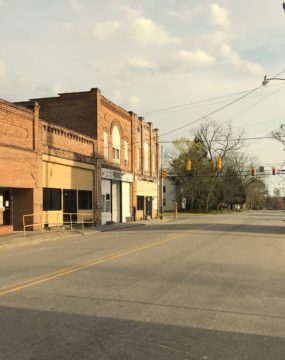Posts written by Elizabeth Ordoñez
Keep up with our latest demographic insights

Over the past year, the economic impact of COVID-19 has been at the forefront of pandemic response and state-wide reopening plans. In March 2020, businesses across the country closed – some of which have never reopened – resulting in unemployment levels that surpassed unemployment rates of the Great Recession in 2008. Although unemployment rates have improved, they have not fully recovered from a year ago. Those living in the U.S. have had to increasingly rely…

North Carolina’s Hispanic population is now greater than one million people, with 1,026,000 residents in 2019. The state’s Hispanic/Latino population grew from just over 75,000 in 1990 to 800,000 in 2010. Between 2010 and 2019, the U.S. Census Bureau estimates that North Carolina’s Hispanic population grew by 226,000 new residents, an increase of 28.3%, faster than the growth of this population nationwide (19.6%). The Hispanic/Latinx communities in Mecklenburg County (153K) and Wake County (116K) comprise…

Nationally, there are 384 metropolitan statistical areas (MSA), which are defined as an economically integrated set of counties with a core central city with a population of 50,000 or more. They range in size from Carson City, Nevada (55,916) to the New York-Newark-Jersey City MSA (19,216,182) which crosses New York, New Jersey, and Pennsylvania. Within North Carolina, there are 15 unique metro regions, ranging from Goldsboro (123,131) to Charlotte-Concord-Gastonia (2,636,883 across NC and SC). With a combined population of 283 million, nearly seven of…
Your support is critical to our mission of measuring, understanding, and predicting population change and its impact. Donate to Carolina Demography today.